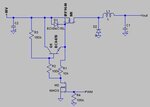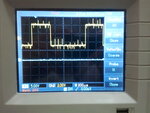ahmedmedowahdan
Member level 1

- Joined
- Jan 30, 2013
- Messages
- 38
- Helped
- 0
- Reputation
- 0
- Reaction score
- 0
- Trophy points
- 1,286
- Activity points
- 1,463
i have acompetition within 1 week and i have alot of problem with my desing
i want :
dc-dc converter 48 to 24 or 12
please suggest me all requirement
i want to use IRF9540n p-channle
and i want to make feedback using AVR microcontroller
i want :
dc-dc converter 48 to 24 or 12
please suggest me all requirement
i want to use IRF9540n p-channle
and i want to make feedback using AVR microcontroller




